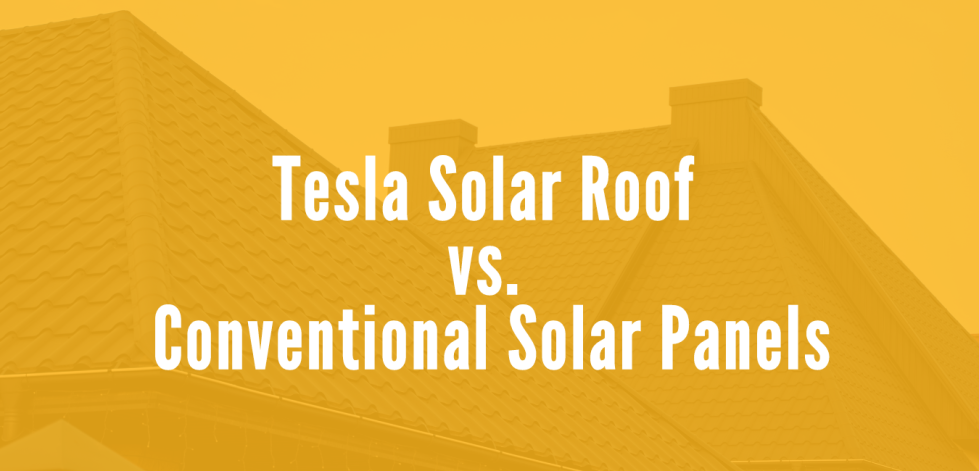The image that often comes to mind when thinking of solar panels is that of standard, flat black or blue slabs arranged on a rooftop. However, a recent innovation by Tesla has given solar systems a whole new look. Instead of traditional solar panels that may sit conspicuously on your roof, Tesla has introduced the Tesla Solar Roof, which aims to seamlessly blend in with your home while generating clean energy. This innovative product is part of a small but growing market of solar shingles, offering a unique installation setup compared to conventional solar panels. When comparing Tesla Solar Roof vs. Conventional Solar Panels, there are at least 5 things to consider.
1. Aesthetics:
The Tesla Solar Roof completely reimagines how solar power integrates with your home. Rather than visible panels, it transforms every roofing shingle into a solar panel. These tempered glass panels replace your standard shingles, ensuring both solar energy capture and the protection you’d expect from a traditional roof. Conventional solar panels, while efficient, might not match the aesthetic appeal of the Solar Roof.
2. Pricing:
Price is a crucial factor when considering solar systems. Conventional solar panels are generally more cost-effective than the Tesla Solar Roof. Industry data suggests that the typical solar panel system costs between $3 and $4 per watt, making a 5 kW system range from $15,000 to $20,000. In contrast, the Tesla Solar Roof has faced challenges in keeping costs down, estimated at nearly $5 per watt before adding a battery, which translates to $25,000 for a 5 kW system.
3. Installation:
The installation process for both systems differs significantly. Traditional solar panels offer more flexibility as they can be installed on your roof or on the ground, depending on your property’s layout. In contrast, the Tesla Solar Roof is designed to replace your entire roof and can only be installed in that manner. Additionally, there are fewer contractors familiar with the Tesla Solar Roof system, which can make finding a capable installer more challenging.
4. Solar Power Capabilities:
Both the Tesla Solar Roof and conventional solar panels can meet your power needs, but the flexibility to scale your solar power system may be more limited with the Solar Roof compared to panels. Traditional solar panels are generally more efficient than the Solar Roof.
5. Mobility and Longevity:
One significant drawback of the Tesla Solar Roof is its lack of mobility. It’s custom-fit to your home’s roof, making it impossible to move to another residence. Conventional solar panels, on the other hand, offer more flexibility in this regard, allowing you to potentially take your solar system with you if you move.
For now, when considering a switch to solar power, conventional solar panels appear to be the safer bet. They are a proven product, typically more cost-effective, and offer flexibility in terms of installation. While Tesla’s Solar Roof holds promise, the custom tiles can be cost-prohibitive, and early product issues make it challenging to recommend at this stage. Future iterations of the Tesla Solar Roof may improve on its promising concept, but for now, sticking with traditional solar panels allows you to save on energy costs and reduce your carbon footprint.
